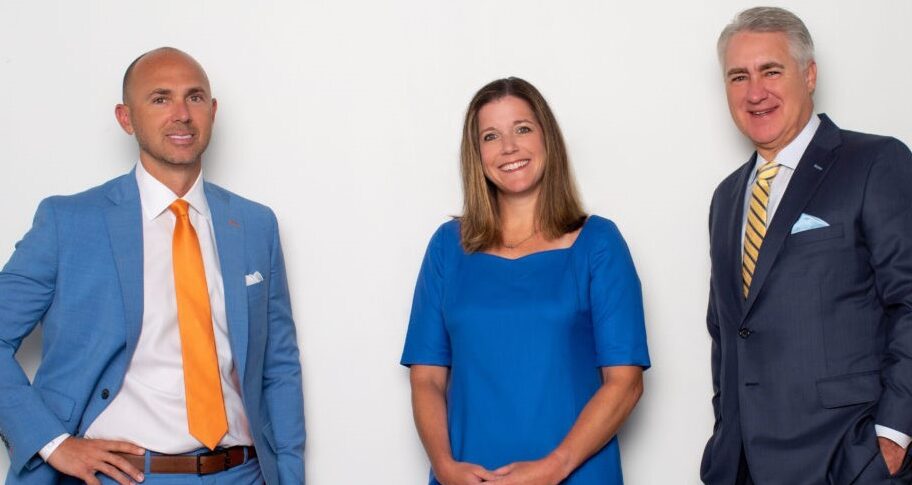Tennessee Fraudulent Transfers to Avoid Creditors
Tennessee Fraudulent Transfers to Avoid Creditors
Pursuant to the Tennessee Uniform Fraudulent Transfer Act, creditors can seek to set aside certain fraudulent transfers. Creditors must prove that a fraudulent transfer occurred through actual fraud or constructive fraud.
Actual Fraud
Under the actual fraud statute, a plaintiff must prove that the transfer was made “with actual intent to hinder, delay, or defraud” a creditor. In determining actual intent to defraud a credit, the statute lists eleven (11) factors that may be considered. Those factors are:
(1) The transfer or obligation was to an insider;
(2) The debtor retained possession or control of the property transferred after the transfer;
(3) The transfer or obligation was disclosed or concealed;
(4) Before the transfer was made or obligation was incurred, the debtor had been sued or
threatened with suit;
(5) The transfer was of substantially all the debtor’s assets;
(6) The debtor absconded;
(7) The debtor removed or concealed assets;
(8) The value of the consideration received by the debtor was reasonably equivalent to the
value of the asset transferred or the amount of the obligation incurred;
(9) The debtor was insolvent or became insolvent shortly after the transfer was made or
the obligation was incurred;
(10) The transfer occurred shortly before or shortly after a substantial debt was incurred;
and
(11) The debtor transferred the essential assets of the business to a lienor who transferred the assets to an insider of the debtor.
Tenn. Code Ann. § 66-3-305(b).
The “Badges of Fraud”
Since proving fraudulent intent almost always requires circumstantial evidence tough, courts also consider what have been deemed “badges of fraud” in determining whether there was intent to defraud.
1. The transferor is in a precarious financial condition.
2. The transferor knew there was or soon would be a large money judgment rendered
against the transferor.
3. Inadequate consideration was given for the transfer.
4. Secrecy or haste existed in carrying out the transfer.
5. A family or friendship relationship existed between the transferor and the transferee(s).
6. The transfer included all or substantially all of the transfer’s nonexempt property.
7. The transferor retained a life estate or other interest in the property transferred.
8. The transferor failed to produce available evidence explaining or rebutting a suspicious
transaction.
9. There is a lack of innocent purpose or use for the transfer.
If a plaintiff is able to prove the existence of one or more of those factors or one of the “badges of fraud”, a presumption of fraud arises. Once that presumption has arisen, the burden shifts to the debtor to prove that there was no fraudulent intent in the transfer of an asset. Typically, debtors present evidence that one or more of the factors or “badges of fraud” is not applicable to rebut this presumption.
Constructive Fraud
If a creditor cannot show actual intent to defraud him or her, a credit may still show that a transfer still amounted to constructive fraud. To prove a constructive fraudulent transfer, a creditor has to prove that: (1) The creditor’s claim arose before the transfer; (2) the debtor was not paid a reasonable value for what was transferred; and, (3) the debtor was insolvent at the time of the transfer or became insolvent because of the transfer.
The Act addresses insolvency and states that a debtor is insolvent if either “the sum of the debtor’s
debts is greater than all of the debtor’s assets, at a fair valuation” or the debtor “is generally not paying
such debtor’s debts as they become due.” Thus, a debtor need not intend to fraudulently transfer an asset to avoid a creditor, if the debtor would otherwise be insolvent but for the transfer.
If you are creditor seeking to avoid the fraudulent transfer of a debtor, please call Patterson Bray today at 901-372-5003. We’ve helped other creditors like you collect judgment, and we can help YOU recover your damages. Call us today.





Sorry, the comment form is closed at this time.